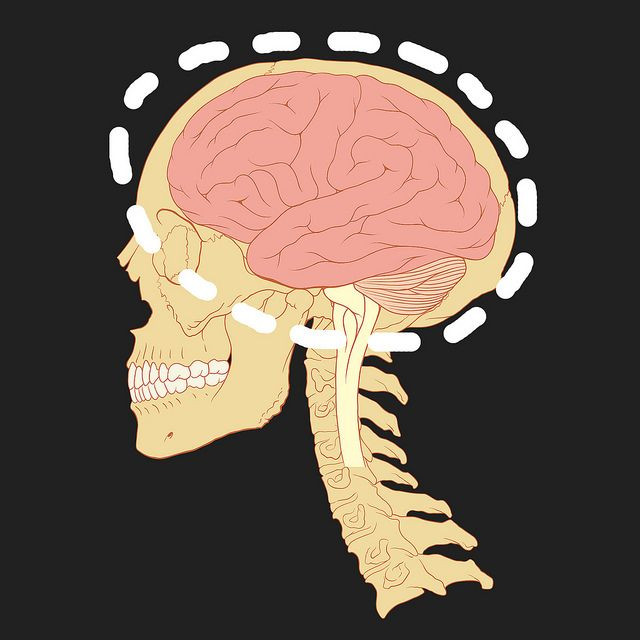Research Proves That Two Brains Are Definitely Better Than One

We all know the saying, “Two heads are better than one.” What it means is that, when thinking about a problem, having two people ponder it is better than having one person ponder it. So why isn’t the saying, “Two brains are better than one?” Because we actually haven’t been able to make two brains solve the same problem together, until now.
In what can only be called mind melding, researchers from Duke University have published two studies in the journal Scientific Reports, that detail how the scientists were able to connect the brains of animals through electrodes. They found that rats and monkeys can coordinate their brains to solve simple puzzles or move a simulated arm. In many of the experiments, the animals functioned better as a twosome than an individual.
Dr. Miguel A. Nicolelis, director of the Center for Neuroengineering at Duke, and his colleagues began their experiments by implanting two sets of electrodes into the brains of four rats. One set of electrodes sent a signal into one part of each brain, while the other set monitored a different brain patch. The rats were each sent the same signal while a computer monitored how their brains responded. If all four rats produced a signal at the same time, they’d get a sip of water.
It took a lot of trial and error, but the rats were able to figure out how to synchronize their brains into getting their reward. The rats also were able to produce different brain responses to different signals. Their collective response was correct 87 percent of the time, which was a better percentage than an individual rat learning by itself.
After more trials, the scientists tested whether or not they could get three rat brains connected. They trained the first rat to create the correct kind of brain activity in two different electrical pulses. Then, they connected the first rat’s brain to the second. The second rat eventually learned to create the same brain activity as the first. The third rat would consistently translate the second rat’s responses. The researchers then sent the third rat’s brain activity back to the first, who was able to interpret it.
The scientists decided to be a little bit more ambitious and switched from rats to monkeys. In those experiments, the monkeys were tasked with moving a robotic arm. The scientists attached electrodes to two monkeys instead of just one. A computer screen showed the monkeys images of an arm and a ball and the monkeys were tasked with working together to move the ball to the arm, which earned them a reward.
In a different trial, three monkeys were connected and given a 3D space with which to move different parts of a simulated arm. Even when a single monkey didn’t control the arm well, the other two compensated for it.
The most interesting aspect of these experiments is the long-term uses it could have with humans. Imagine coordinating on huge projects just by joining together over a brain network. Surgeons could assist others without being in the same room. The possibilities are endless.
There are some drawbacks to brain melding or large brain networks, however. There are plenty of ethical questions that arise, including privacy and legal responsibility. If a connect brain network causes a crime, whether in the real world or cyber one, who is responsible for the crime? As with any new technology, as exciting as it is, there are always going to need to be proper precautions taken.
Source: Pais-Vieira M, Chiuffa G, Lebedev M, et al. Building an Organic Computing Device with Multiple Interconnected Brains. Scientific Reports. 2015.
Published by Medicaldaily.com



























